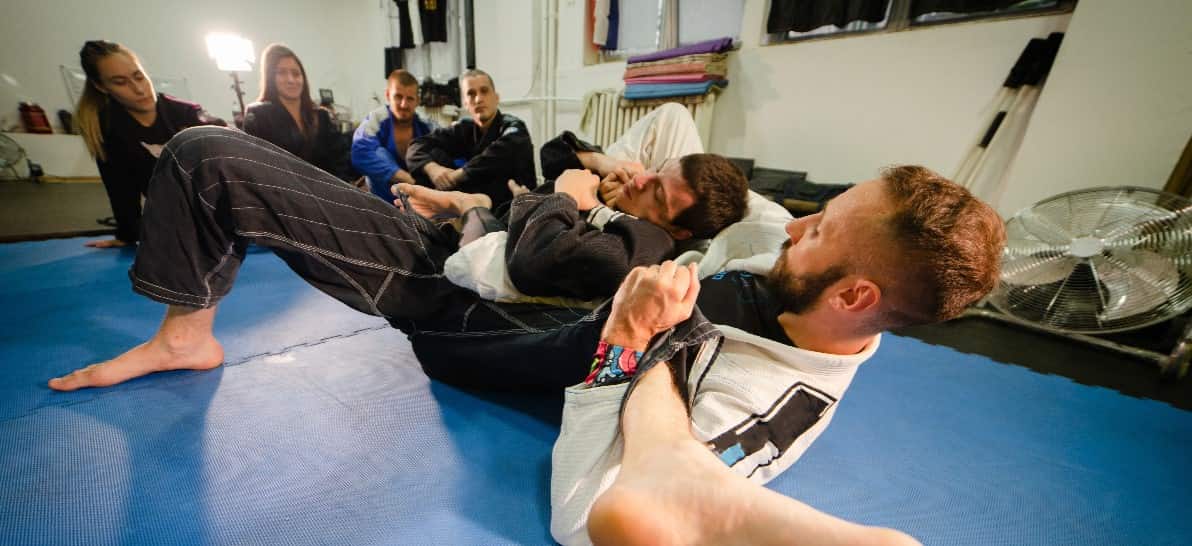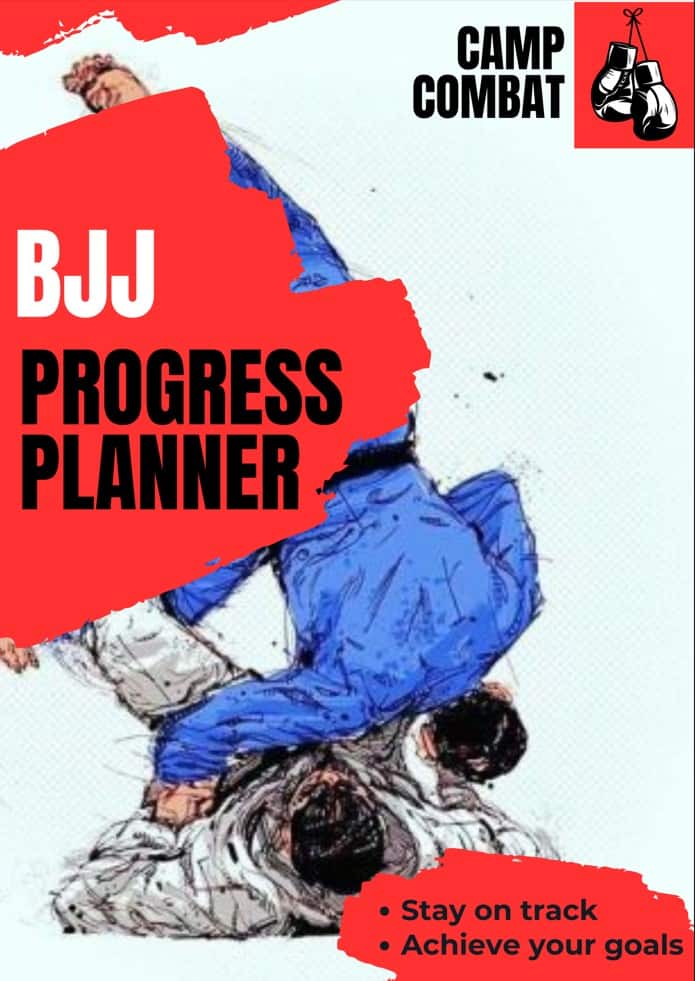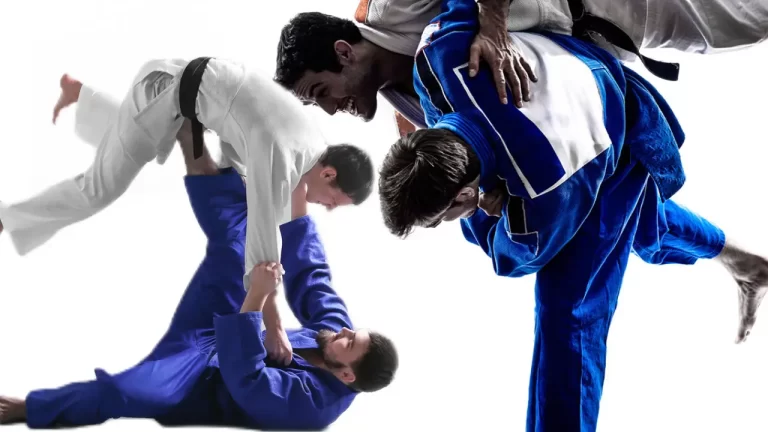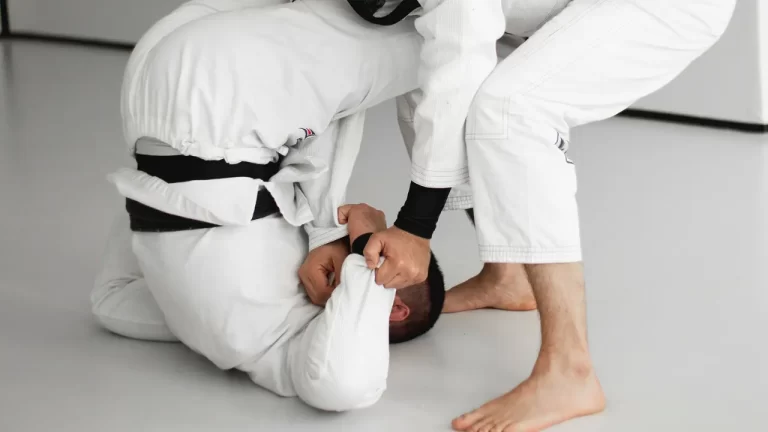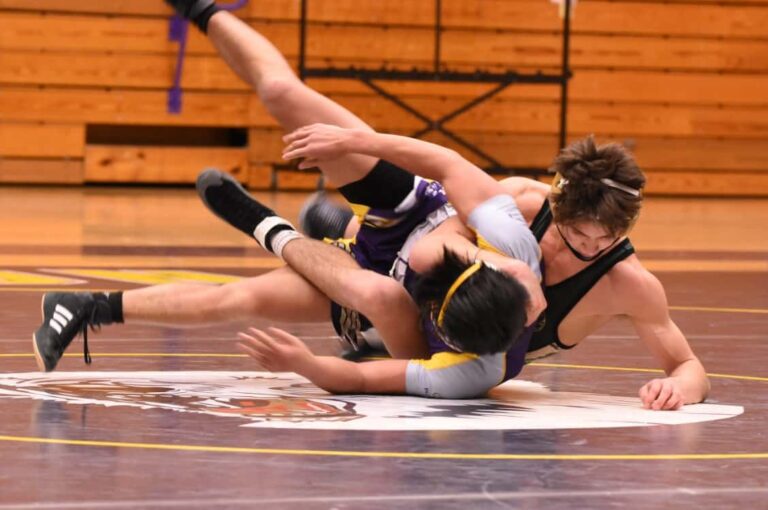BJJ Drills: A Comprehensive Guide For Practitioners
If you want to take your Jiu-Jitsu training to a new level and advance your skills at a more rapid pace compared to your training partners, then you should implement these essential drills into your Jiu-Jitsu practice.
BJJ Drills should be relevant to the movements you execute frequently when practicing in class, and performing them regularly will improve your overall efficiency on the mat.
Performing drills is relevant at all skill levels. The only thing that varies is the complexity of the drill that you will practice which will enable you to execute them in a live sparring situation.
The Role of BJJ Drills in Skill Development
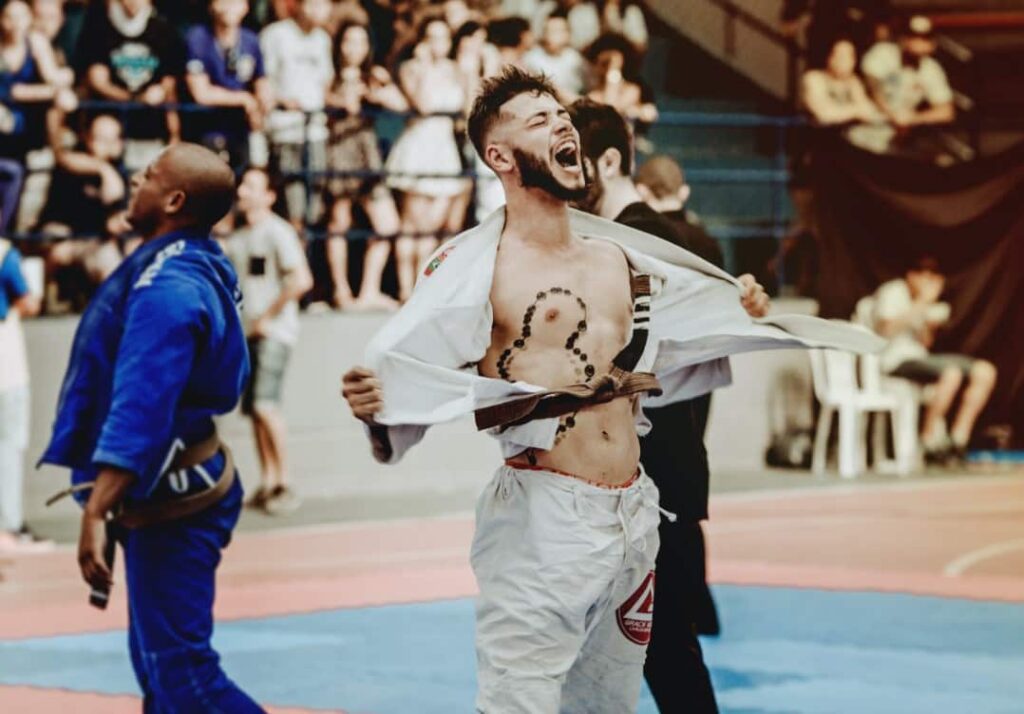
The key role of Brazilian Jiu-Jitsu drills is to improve your muscle memory. Muscle memory enables you to execute a variety of techniques without really thinking about how to move your body to perform them.
It’s similar to how you are able to eat with a knife and fork without thinking about how to hold them.
It is ingrained into your muscle memory since you were a child, and the aim of BJJ drills is to instill this same muscle memory into these new movements you are learning in class.
They play an important role in a BJJ practitioners journey to mastering the Martial Art.
3 types of BJJ Drills and how to do them properly
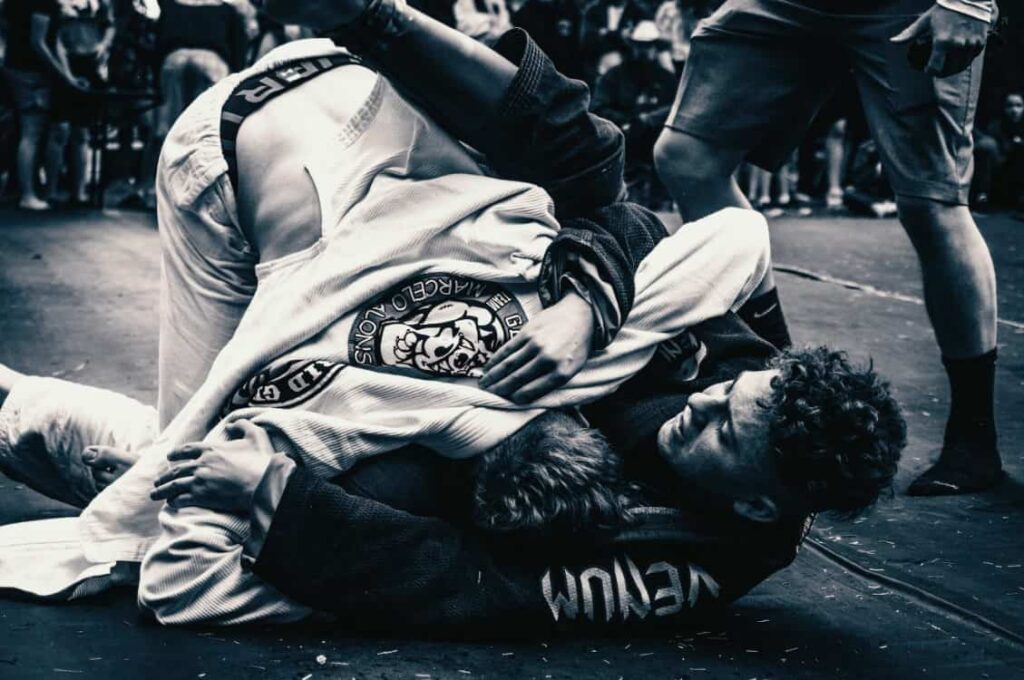
BJJ drills are best performed with a training partner. You can do Drills in class, or open mat sessions at your BJJ Academy. There are 3 types of BJJ drills that I recommend that will give you something of value from the time you dedicate to it each week.
Technical & Positional Drills
With technical drills the goal is to repeat the same movement over and over again in quick succession to improve your efficiency.
This can be done using techniques such as the double leg takedown, single leg x (also known as ”Ashi Gorami”), Armbar practice, Triangle choke practice, guard retention, open guard, and more.
Positional Drills are usually done from positions such as side control, mount, or turtle guard. You can drill escapes and or attacks you have learned for these positions in BJJ classes.
BJJ Solo Drills
Solo drills do offer less value than partnered drills in my opinion. BJJ solo drills don’t offer a human body to practice on, so it is limited in what you can do.
However, you can perform things such as break falls, bridges, front rolls, back rolls, hip escapes, shadow wrestling and a technical standup.
A technical standup is boring I get it, but this technique is essential to get to your feet and is one of the safest ways to do so in a self defense scenario.
All of these movements are essential to Brazilian Jiu-Jitsu, so if you don’t have a training partner this is the next best thing.
Drilling correctly
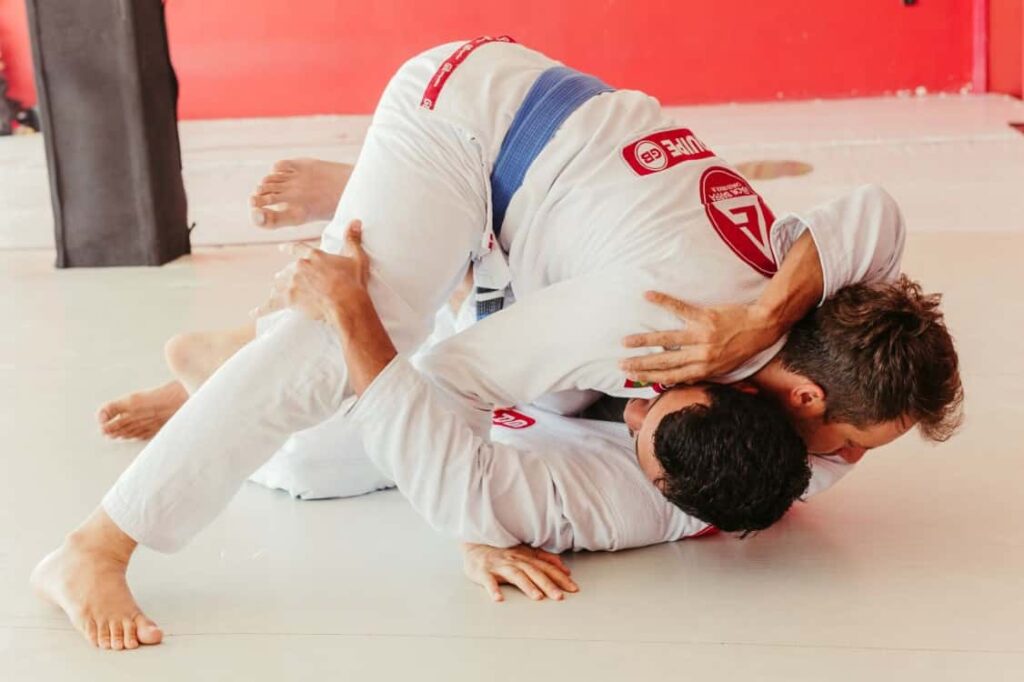
To drill correctly with a partner you either set the timer to 2 minutes and practice the same technique over and over again, with your partner gradually increasing their level of resistance each time.
So they might start giving you 5% resistance initially, and up it by 5% each time you execute your drill on them.
This is the best way to drill for both technical and positional sparring in my opinion as when rolling at class for real, you will have a resistant opponent.
It mimics this level of resistance with the gradual increase in resistance you get given.
You both should take this in turns.
Correct drilling for Jiu-Jitsu solo drills
For BJJ solo drills, you can use the same format or set a technique number. You can aim to perform 20 break falls for example, then switch to the next BJJ solo drill, or you could do 2 minutes of each at a fast pace which will be my preferred method as it also acts as a conditioning workout for your body.
More Benefits Of Brazilian Jiu-Jitsu Drills
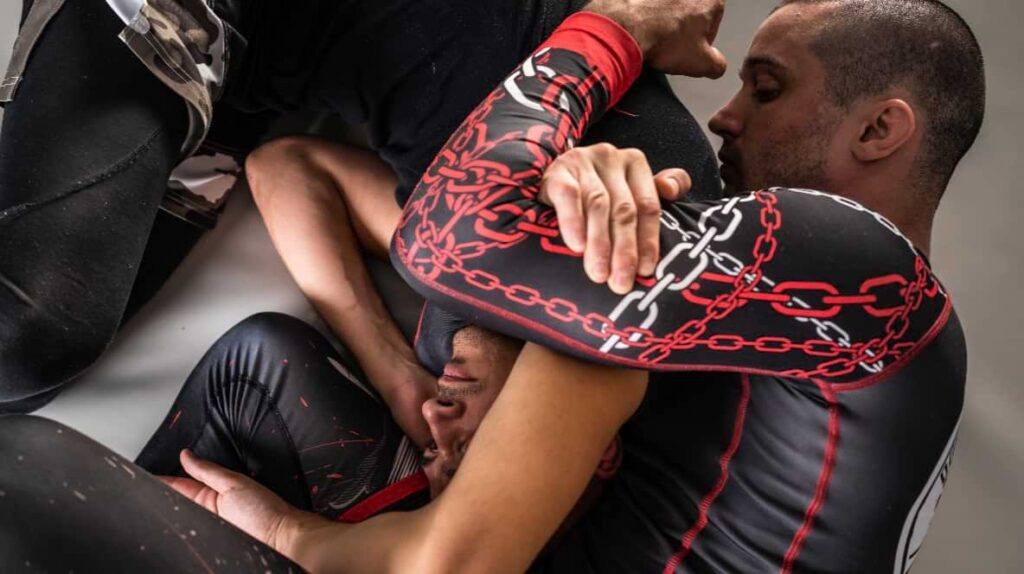
Improved timing and precision:
Drilling is critical as it improves your timing when training. The right move executed at the wrong time won’t work, and through BJJ drills you will develop a deeper understanding of the position and when to attack at the correct time to achieve the desired results.
As a BJJ practitioner, you will learn how to read your opponent’s movements and respond in the correct fashion.
You can see the value in timing in many Martial Arts. You see world-class strikers get knocked out by inferior opponents with poor technique, and that happens because the timing is perfect.
Enhanced Problem-Solving Skills:
You will be stimulating real-life scenarios and positions you will encounter on the mat during both training and BJJ competitions.
Drilling enhances your ability to think critically, as well as adapt to changes in circumstances that encourage you to come up with creative solutions.
Confidence Building:
As BJJ practitioners become more skilled in positions through drilling, you will gain confidence in your abilities as a Jiu-Jitsu athlete.
Having the confidence to solve any situation you find yourself in on the mat will help you remain calm and composed during a BJJ competition as well as throughout your day to day life.
How to structure an effective BJJ drill session
Like a regular BJJ class, you will want to perform some stretches beforehand and warm up on the mat by doing a warm-up round.
The first round is just a warm-up, so you and your training partner shouldn’t be trying to kill each other here. (I’m talking to you white belts)
Before rocking up to Brazilian Jiu-Jitsu you should have a BJJ planner or some sort of journal to map out what it is you need to work on when you go to the gym.
You should discuss these things with your partner and drill for at least half an hour to get the most out of the session. You can both finish the session with some live sparring after you both do your drill and practice what you have been learning with each other.
Cool-Down and Review: Do some cool down stretches and review what you have implemented into your game so far at write down any areas for improvement.
Good BJJ drills For beginners

If you are a white belt, you need to learn how to survive and develop a good defense first and foremost. This enables you to have a bit of confidence in your attack. Later on, as you move up the ranks you will know if you get in a bad position you can get out of it.
Escape drills aren’t sexy, but they are how you make yourself a nightmare for your higher-ranked peers.
It’s a great idea to get them into a training session at least a couple times a week.
Escaping side control:
Side control is a position that you will frequently find yourself in when you do Jiu-Jitsu, so practicing this essential movement will always be beneficial for you.
You can start with some solo drills and execute some basic hip escapes, which is the technique you would use to escape a side control, then get a partner to lock you in a side control and then you can practice doing it with someone on top of you.
Escaping Mount:
There are many Full-Mount escapes that you can execute in Brazilian Jiu-Jitsu, and drilling is a great way to develop that skill set.
You can sweep opponents from Full-Mount to get top position, or you can do another hip escape which is similar to what you would perform if stuck in side control, but you don’t shift your hips as far wide.
You don’t want to be flat on your back in Full-Mount, you want to be on your side so you have more mobility. Roll sideways as soon as you get the chance!
This prevents them from working their way up your torso which they will take advantage of if you let them. They will likely attempt a submission on you if you don’t block them.
Remember to keep your frames established and hard up against your opponent’s legs and framing on your own body.
Back control escapes:
A back control escape drill can be very beneficial for you as well. There is nothing worse than having your back taken, it’s a very vulnerable position, so if you work on developing your abilities and tools to escape from here you will feel much more comfortable when you get put here by training partners.
A good drill is to get your opponent to start with his hooks in and an over-under grip.
A good starting point is to, work on tucking your chin into your chest and shrugging your shoulders upwards. This makes it more difficult for your training partner to secure a good choke.
If you combine this with fighting hand grips, you are off to a good start.
Other Brazilian Jiu-Jitsu drills worth a mention
Triangle choke escapes:
Triangle chokes are common BJJ attack, and drilling this will get you out of a lot of trouble over the years. The colored belts will be incredibly frustrated with you if you have a good variety of escapes such as this.
Open guard retention:
Open guard can be a bit tricky when you first start as you are beginning from a seated position. In a seated position, your opponent can jump into full mount if you aren’t careful.
But you need to practice using the correct hooks and breaking down their posture.
Technical Standup:
Escaping your opponent’s guard:
A good one for beginners is to shift one of your knees into the Centre of your opponents butt. Drive your knee forward whilst keeping your arms pushing against your opponents torso.
As you do this stand up, as it makes it harder for them to keep their legs closed.
Final Thoughts
In the world of Brazilian Jiu-Jitsu, drills are the secret sauce to skyrocketing your skills on the mat. They’re not just for the seasoned pros, they’re for practitioners of all levels.
Drills are your ticket to mastering muscle memory, the kind that lets you perform BJJ techniques as naturally as eating with a knife and fork. The same goes for other Martial Arts.
These drills come in three flavors: technical & positional drills, BJJ solo drills, and partnered drills. Each has its role in shaping you into a formidable BJJ practitioner.
Beyond this, drills enhance your timing, problem-solving skills, and, perhaps most importantly, your confidence. They’re your pathway to success on the mat and beyond.
Start drilling, and refining your escapes, sweeps, and submissions. Embrace the journey, stay consistent, and you’ll be the nightmare on the mat that everyone dreads facing.
Happy training!
Frequently Asked Questions
Can you drill BJJ alone?
You can drill BJJ on your own by performing solo drills that you use when training against people at BJJ. Things such as bridges, hip escapes, mount escapes, and technical stan ups. They are a great way to warm up for training as well. But having a partner to train with will always be a preferred choice as it’s more realistic.

